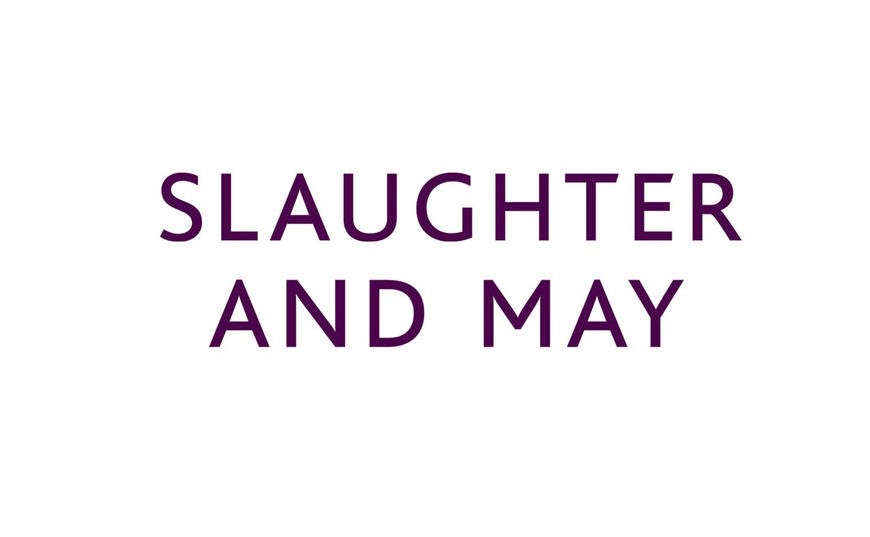To understand the effect of the Norman conquest in medieval England, we must first set the scene of Anglo-Saxon times between AD400[1] and AD1066. The idea of an ‘eye for an eye’ and themes of revenge and humiliation were vital in this era of criminal justice. Unwritten and variable customs governed England- more so, than by uniform and settled law.[2] Justice seemed only to take place when the Crown or Lords could acquire money; otherwise, justice was very much in the hands of the people.[3] Therefore, if you felt wronged you would seek revenge. On occasion, a remedy for a crime involved a ‘Weregild’, which was a formal fine. Characteristic of the Feudal system and its hierarchy, rather than compensation being rewarded to the wronged-person, instead the nobility would benefit from the reparation, and on occasion, the money was given to the victim's family. However, punishment for crimes in Anglo-Saxon England could also take the shape of more gruesome forms, for example, corporal sentences like mutilation, the use of stocks where rotten food was thrown, and the death penalty by hanging.
The Anglo-Saxons were not barbaric- they had trial systems. For example, trial by jury or trial by ordeal. One practice of Trial by Ordeal was to subject the accused person to burns, by placing a hot iron in their palms. [4] If the injury subsequently healed, it was inferred that God found the individual innocent. As such, Christianity was the foundation of the objective morality of crime and had great societal significance in crime determinacy. This was due to the idea that God had given the King divine right, and “royal justice emerged from the acceptance that only the monarch could grant legal franchises” on his subjects.[5] However, in 1215, the Lateran Council forbade the clergy from trials by ordeal after concluding maybe God did not want to intervene in mundane activities.[6] ‘A sense of communal responsibility acted as a justice system through the Mutual Pledge System and ‘hue and cry’.[7]
The Mutual Pledge System involved families of the local village coming together and forming a tithing. Men above puberty were held responsible for the conduct of each other or ‘in borh’ (pledged to good behaviour).[8] Minor disputes would be heard at the hundred courts, where representatives of each significant tithing would gather once a month. Therefore, this acted as a crime prevention system, as each group member was held equally and morally responsible for upholding the law in their tithing.
In comparison, the hue and cry was a practical approach to catching the perceived criminal. If a person saw a crime, it was their moral duty to shout that there was a criminal. All those that heard the cry were required to join the chase to find the criminal. Bystanders who failed to participate in the pursuit would be fined.
The criminal justice system developed in mediaeval England after the Norman conquest. The Battle of Hastings occurred on 14 October 1066 when William the Duke of Normandy, also known as William the Conqueror, was announced King of England at Westminster Abbey on Christmas day, 1066. A tiered society emerged due to the use of Anglo-Norman language in legal/aristocratic settings and the use of Old English by lay people. As a result, this put the Anglo subjects under French rule in an unfavourable position within the criminal justice system. For example, in the Norman law of Murdrum, if a Norman was murdered, “the onus was placed on the lord of the murderer to produce him within five days or face a ruinous fine”.[9] Further to this, the fine did not apply to the English. Therefore, it exaggerated the lack of justice felt by the Anglos’.[10]
Later, the Normans introduced court systems such as manor and Church courts. The manorial court provided Lords who sat relatively high in the Norman feudal system with an agreeable income due to the fines paid by offenders. Crimes in the manor court were not dissimilar to those in the magistrate courts today. In comparison, the Church court dealt with more ethical crimes, such as adultery, drunkenness, and playing games on a Sunday. The Church court could also try any members of the Church. However, they were biased towards clergy members, especially Norman clergy persons, and did not impose the death penalty.[11]
The Normans kept some Anglo-Saxon trial methods, including the trial of ordeal.[12] They also introduced new trials, such as trial by combat. This involved the accused and the accuser fighting to the death; or fighting until one could not resist any longer. The winning fighter would be announced as correct, and the loser would be hanged- if they were not already dead.
New roles in the legal system emerged under Norman rule, including the coroner and parish constable. Motivated by financial interest, Richard I introduced the role of the coroner. In which deaths were investigated if there were no apparent explanations as they represented possible coins for the Crown. The Crown could claim the offender’s estate in cases of homicide or suicide. Finders of the corpse were required to act the hue and cry and alert local officials, for example, the parish constable (a volunteer role to keep the peace), who would then notify the coroner. The coroner would assess if the King could profit from the situation.
The Normans introduced and developed a great deal to the British Criminal System: methods of justice, trials, parish constable, agreements, fines, court systems, and use of evidence. The impact of the Norman Conquest is still deemed significant today.
References:
[1] Anno Domini [AD].
[2] John Hamilton Baker, An introduction to English Legal History (5th edn, Oxford University Press, 2019) 5-6.
[3] ibid
[4] ibid 7.
[5] John Briggs, and others, The medieval origins of the English Criminal Justice System (1st edn, Palgrave, 1996) 3.
[6] ibid 10.
[7] Samantha Sagui, ‘The Hue and Cry in Medieval English Towns’ (2014) 87(236) Historical Research, 179, 185.
[8] Baker (n 1) 9.
[9] Marc Morris, The Norman Conquest (1st edn, Random House 2013) 262.
[10] ibid 129.
[11] ibid 100- 130.
[12] John Baker (n1) 8.
Bibliography:
Baker J.H, , An introduction to English legal history (5th edn, OUP, 2019).
Briggs J, Harrison C, McInnes A, and D Vicent, The Medieval Origins of the English Criminal Justice System (1st edn, Palgrave, 1996).
Morris M, The Norman Conquest (1st ed, Random House 2013).
Samantha Sagui, ‘The Hue and Cry in Medieval English Towns’ (2014) 87(236) Historical Research 179.
Shakirah Salleh Ebor Lex Article 1 - 2023

















